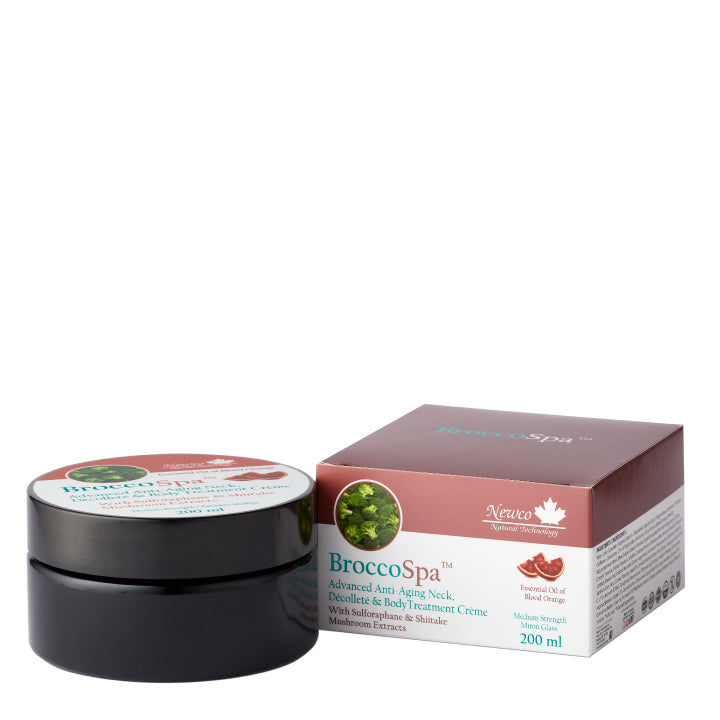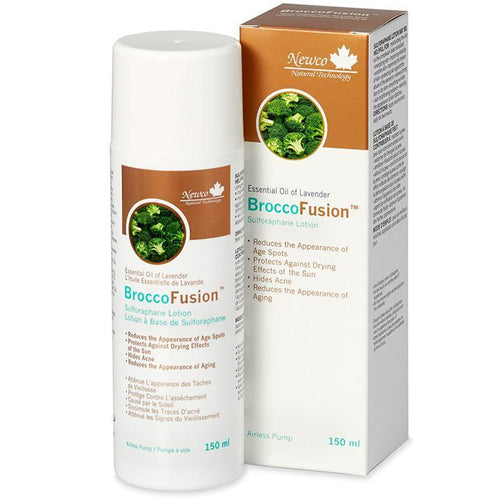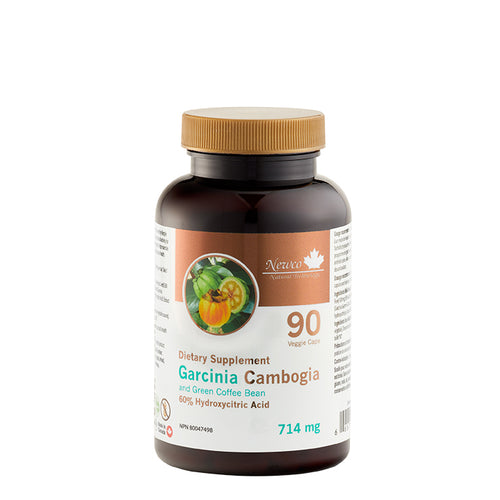We pit these 24 popular foods against each other to help you make more informed choices.
It's probably safe to say that Oxygen women tend to eat healthier than the average Jane. But sometimes health comes at a price, and every time you suffer financial cramps at checkout, you’re reminded that your food dollar doesn’t go as far as it used to. After all, grass-fed steak and chia seeds rarely appear in the on-sale circulars.
So which body-friendly foods should you choose and which should you shelve? Since the most nutrition-packed choice isn’t always obvious based on labels alone, we’ve pitted several comparable edibles against each other to duke it out in a no-holds-barred food fight. Let’s get ready to rumble!

Broccoli vs. Cauliflower
Winner: Broccoli
President George H. W. Bush may have overtly expressed his disdain for broccoli, but when it comes to vegetables, few reign more nutritionally supreme. As compared to its pale cruciferous brethren cauliflower, broccoli has twice as much vitamin C, six times the amount of vitamin K and significantly more beta carotene, which your body converts into vitamin A to bolster immunity and eye health. Broccoli is also richer in sulforaphane, a potent phytochemical that helps keep certain cancers at bay.
KO Punch: A study in The Journal of Nutrition discovered that people with a higher vitamin K intake are less likely to die prematurely from illnesses such as cancer and heart disease.
Almond Butter vs. Cashew Butter
Winner: Almond butter
Both these creamy spreads have seemingly unseated peanut butter, but between these two, you should go nuts for almond butter. Almond butter has roughly half the amount of saturated fat than its cashew counterpart, and it boasts higher amounts of monounsaturated fat and omega-3 fatty acids — two types of fat considered to be extra heart-healthy. Almonds also pummel cashews with respect to vitamin E, a nutrient that helps fight cancer by blocking the activation of an enzyme necessary for cancer cell survival.
KO Punch: Nearly 90 percent of Americans don’t get enough vitamin E, which almond butter has in droves.
Chicken Breasts vs. Chicken Thighs
Winner: Chicken Thighs
Ounce for ounce, skinless chicken thighs are cheaper than breast meat, contain only one extra gram of fat and pony up about three times as much zinc, which plays a vital role in immunity. You’ll also score a bit more iron with the thighs, which is good news for your workouts: As part of the mechanism that transports oxygen to various body tissues — including muscle — iron is an essential part of the energy chain during workouts. The darker thigh meat is also more forgiving during cooking and tends to remain juicier than the breasts, which are notorious for drying up.
KO Punch: Join the dark side for your everyday protein to save money and boost flavor.
Quinoa vs. Brown Rice
Winner: Quinoa
When it comes to better-body whole grains, quinoa crushes brown rice. Quinoa forks over about 60 percent more fiber to keep your appetite in check and knock your abs into shape, and it is a richer source of nutrients such as potassium, iron, zinc and magnesium. Quinoa also contains a full complement of essential amino acids, making it a valuable plant-based protein source for muscle building. And in a final bonus round: Quinoa cooks in less than half the time as rice, making it the smart choice for time-crunched women.
KO Punch: Diet surveys show that few people ingest enough magnesium — such as is found in quinoa — placing those who come up short at a greater risk for brittle bones.

Extra-Virgin vs. Light Olive Oil
Winner: Extra-virgin olive oil
As you’ve likely heard in articles such as these, not all olive oils are created equal, with extra-virgin coming out on top time and again. Extra-virgin oil results from the first pressing of the olives, making it lower in acidity and bolder in flavor and richer in antioxidant compounds. And the moniker “light” doesn’t mean that an olive oil is lower in calories but rather that it’s lighter in color and flavor: Light and “pure” olive oils have been further refined and processed to neutralize their flavor and raise their smoke point.
KO Punch: An abundance of anti-inflammatory polyphenol antioxidants, monounsaturated fat and vitamin E makes extra-virgin olive oil an ultra-healthy addition to any pantry.
Almond Milk vs. Oat Milk
Winner: Oat milk
When it comes to no-moo milk, oat milk delivers the knockout punch to its almond counterpart. While both products are fortified with nutrients like calcium and vitamin D, oat milk generally has twice as much fiber and protein as almond milk. It also tastes better: The thick, creamy texture and natural sweetness won’t tempt you to dump your coffee down the drain.
KO Punch: Oat milk makes Mother Nature smile because oats require much less water to grow than almonds.

Canned Tuna vs. Canned Salmon
Winner: Canned salmon
Canned fish is a convenient way to load up on muscle-friendly protein, but if you have to send one overboard, make it tuna. Canned salmon is fatty in a good way and has nearly twice as many omega-3 ty acids as tuna. A 3-ounce serving of canned sockeye wifatll net you more than your day’s requirement for vitamin D, and since vitamin D helps promote calcium absorption, it’s an essential part of forging break-resistant bones. What’s more, according to Purdue University researchers who tested dozens of canned fish, salmon consistently contains much lower levels of mercury than tuna.
KO Punch: People are more likely to age better and healthier when they have higher blood levels of anti-inflammatory omega-3 fatty acids, per a recent study from Tufts University.
Skyr vs. Greek Yogurt
Winner: Skyr yogurt
Just when you thought it was safe to go Greek, the land of fire and ice introduced something even more awesome. Icelandic yogurt — or skyr — is made by thoroughly straining milk and then adding special probiotic cultures that impart a luxurious creaminess. The end product is an ultra-thick yogurt with about two more grams of protein per ½-cup serving than standard Greek yogurts.
KO Punch: It takes 4 cups of milk to yield 1 cup of skyr, which is why it’s thick enough to stand a spoon in and is packed with muscle-building, hunger-taming protein.

Raspberries vs. Strawberries
Winner: Raspberries
Nutritionally, you can’t go wrong with any sort of berry, but when choosing from the red range, reach for raspberries more often. Food scientists at Cornell University found that raspberries have a higher antioxidant potency than strawberries and do a better job at mopping up those cell-damaging free radicals that can accelerate aging. While strawberries do have about twice as much vitamin C, raspberries deliver three times the dietary fiber, making them a must-eat staple for digestive health.
KO Punch: A diet with ample amounts of fiber helps slash the risk for diseases like diabetes, improves the gut microbiome for better digestive and immune health, and boosts satiety to put the brakes on overeating.
Spinach vs. Romaine Lettuce
Winner: Spinach
Turns out Popeye was right: Spinach easily trumps romaine when these greens wage war. Ounce for ounce, spinach possesses more vitamin C, beta carotene, vitamin K and folate than romaine, as well as five times more lutein and zeaxanthin, two antioxidants that, when deposited in the retina, work to strengthen eye health.
KO Punch: Consuming more high-folate foods like spinach when you’re younger means a lower of risk high blood pressure later on in life, according to recent research. By assisting in proper cell division, higher intakes of folate also may help you dodge certain cancers.

Goat Cheese vs. Feta Cheese
Winner: Goat cheese
Since they contain more moisture, softer cheeses like goat and feta are a more calorie-conscious choice than harder varieties such as cheddar. But what’s your best bet when adding a creamy flavor to your salad? Both goat and feta have the same number of calories and grams of fat, but the former has a touch more protein, nearly half the amount of cholesterol and a third less sodium.
KO Punch: A study in The American Journal of Gastroenterology found that cutting back on your sodium intake can help you beat the bloat.

Tilapia vs. Halibut
Winner: Halibut
When it comes to white-fleshed swimmers, reel in halibut more often. It has a much better omega-3-to-omega-6 ratio, making it more effective at stamping out inflammation. These days, most people consume way more omega-6s than they do omega-3s (hello, processed foods and factory-farmed meat), which can drive up inflammation in the body.
KO Punch: Wild-caught halibut is free to feed as nature intended (whereas farmed tilapia are reared on stuff like corn and soy), significantly increasing their omega-6s at the expense of their omega-3s.
Written by Matthew Kadey for Oxygen Magazine and legally licensed through the Matcha publisher network. Please direct all licensing questions to legal@getmatcha.com.





